Share:
Welcome back everyone! This is part four in my six part syllable series. I am having so much fun sharing this information about syllables with you!
A few quick reminders:
- If you are new to this series: Please read part one and click here. Read part two and click here. Read part three.
- In order to follow along with this series, please download a chart I created on the six syllable types by clicking here. It spells out CLOVER. Each letter in CLOVER stands for a syllable type, but is NOT taught in that order.
- I am blogging in the order the syllable types should be taught, so just follow along and you’ll see how I do it.
- Have you grabbed your copy of CLOVER yet? Great! Let’s dig into part four!
What is a vowel team syllable?
Chant or sing this sentence with your students until they know it by heart.
~Every syllable has to have a vowel.~
A syllable with a vowel team will have two vowels side by side, working together to make a sound. Since the vowels are working as a team, you do not divide between them.
- Long A vowel teams: ai (rain), ay (play), ea (steak), eigh (eight), ey (hey)
- Long E vowel teams: ea (eat), ee (meet), ey (key), ie (piece), ei (ceiling)
- Long I vowel teams: ie (pie), igh (light)
- Long U vowel teams: ew (few) or ew (chew), ue (rescue), or ue (true), eu (feud)
- Long O vowel teams: ow (snow) oe (toe)
Other vowel teams:
- vowel diphthongs: oi (join) and oy (boy)
- vowel diphthongs: ou (out) and ow (how)
- au (vault) and aw (draw)
- oo (food) and oo (book)
How To Teach Vowel Team Syllables
Vowel teams can present a challenge when making spelling choices. Students need to decide whether to use ai or ay. But how do you decide which one to use? Teaching spelling generalizations is one of the best strategies for students to learn. When they know ai comes in the beginning or middle of a word, but never the end, while ay is used at the end of word, they will know what to choose when spelling a word like stay. They will listen to hear s,t, and long a when they tap out the sounds. Then use ay instead of ai because the last sound heard is the long a.
Teaching with spelling generalizations means students are thinking more critically about how to spell words, and not relying on a strategy which is unreliable: spelling by sight.
Resources for Spelling Generalizations
When teaching spelling generalizations, teach each one isolation, not altogether, and practice it a whole lot. Have children test out the generalization to see if it holds up to each word they encounter.
Click here for a list of spelling generalizations or
here.What’s nice about those two resources is there is a table with frequency to see how often that spelling occurs in the English language.
Click here to view my Orton Gillingham materials, which contain spelling generalization mini posters to display in your classroom or at home setting.
Multisensory Practice
In keeping with the integrity of Orton-Gillingham, I must remind everyone that one of the reasons why OG is so effective is because it is multisensory. So… please keep your activities multisensory. This means engaging at least 3 senses within an activity to build a strong connection in the brain. Aim for visual, auditory and kinesthetic. An added bonus is tactile. Tapping out sounds, sliding plastic counters into Elkonin boxes, tracing in sand, sky writing, and magnetic letters are all ways you can create a multi-sensory learning experience. Just be sure children are vocalizing sounds and letters during all of these activities. They are seeing it, hearing it, touching it and/or writing it, every time.
Wondering why multisensory instruction is SO important? Read here.
Before you go…
Please be sure to sign up to receive my monthly newsletter by email. You can sign up in the right sidebar of this blog. Thank you!
Read an additional article on syllables from Reading Rockets here. Do you have a fun way to teach vowel team syllables? I‘d love to hear about it in the comments below!
**Join me next time for part five: open syllables
Share:

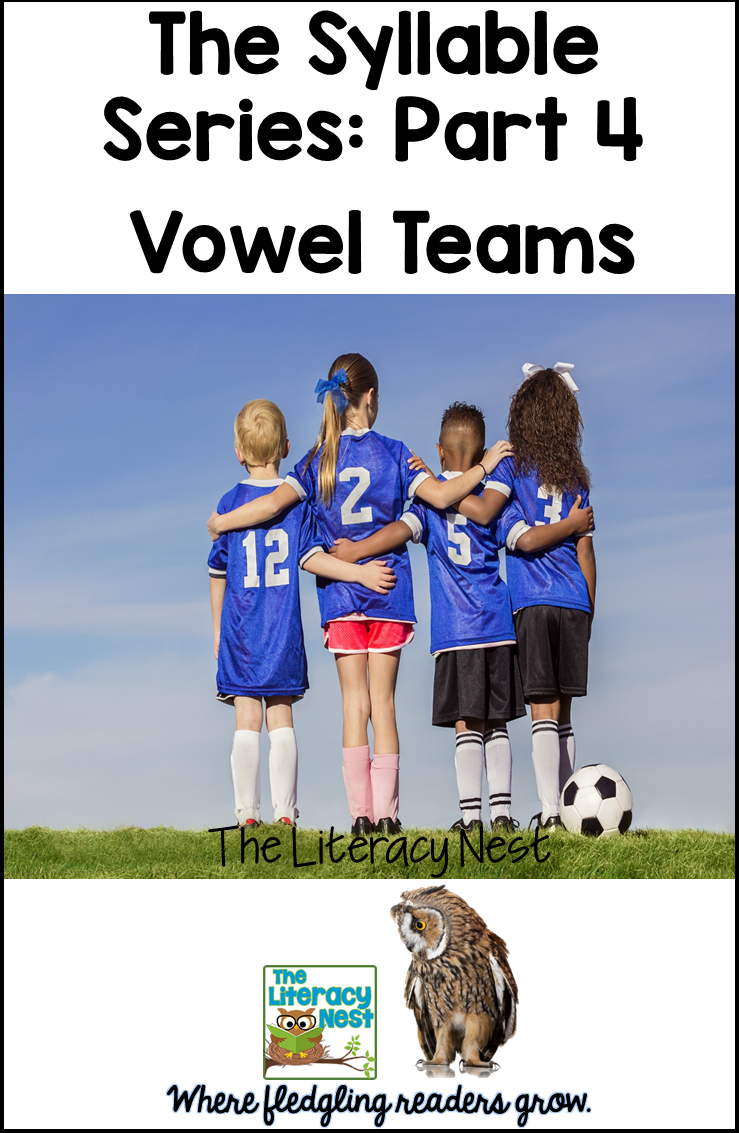

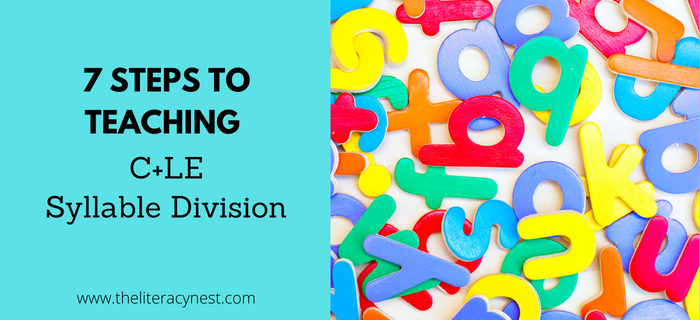
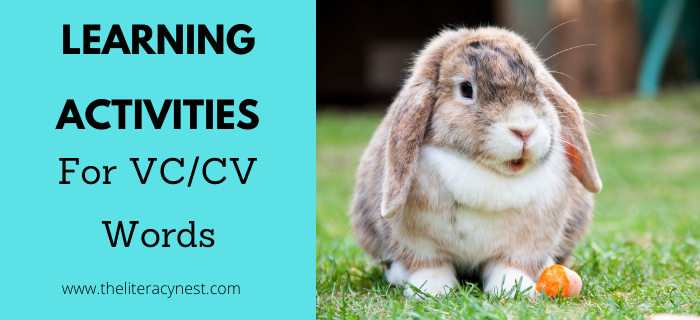
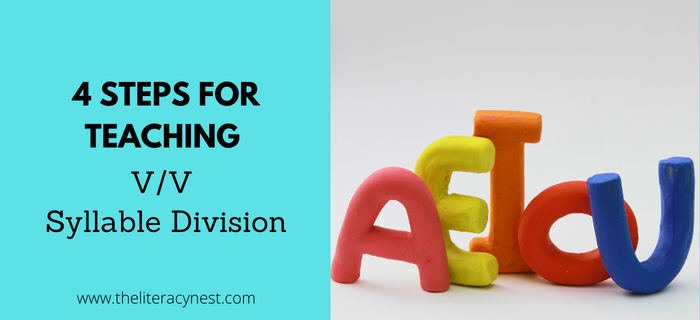
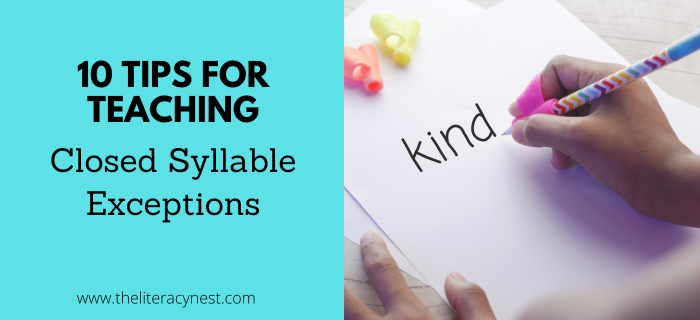
What is the best way to teach the spelling generalizations of vowel controlled R? My kiddos typically discriminate the OR and AR sounds, but the ER,IR,UR are difficult! I teach them order of frequency, but is there something else I am missing? These are learning disabled kiddos, and it is frustrating to them. I am frustrated because I want to help them better. I do have O-G cards, but I need something specific to explain to them. Thank you for any help you can give. eaglepride1984@gmail.com
Teaching spelling generalizations is one of the best strategies for students to learn. 200-125 ccna dumps